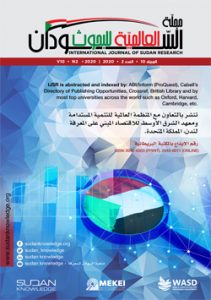(023) Application and assessment of earth compostation approach during composting of household wastes, Dr. Sarra Saad
Dr. Sarra Saad
National Center for Research
Sudan
DOI: 10.47556/J.IJSR.3.1.2013.4
 Purpose: The purpose of this study was to address the biochemical, ecological and hygienic problems associated with the composting of household wastes via the addition of soil material to organic wastes. This approach is called “earth compostation” or the “4Cs approach”, and it reduces the elimination of gases, increase in temperature, humus formation and loss of minerals by mineralization during decomposition. The earth compostation approach is defined as Cold bio Catalytic Combustion Compostation (4Cs).
Purpose: The purpose of this study was to address the biochemical, ecological and hygienic problems associated with the composting of household wastes via the addition of soil material to organic wastes. This approach is called “earth compostation” or the “4Cs approach”, and it reduces the elimination of gases, increase in temperature, humus formation and loss of minerals by mineralization during decomposition. The earth compostation approach is defined as Cold bio Catalytic Combustion Compostation (4Cs).
Design/methodology/approach: A mixture of household waste was used as a biostandard and sandy clay loam (loess) was used as a mineral standard with different mixing ratios (loading rates). The experiment was conducted under normal air temperature during the winter season in Khartoum from November 2011 to February 2012. Average temperatures ranged from 23–30 °C. Samples from the mixture were wet separated to different fractions: mull humus fraction (F2b), and the transitional fractions (F1 and F2a) and analyzed for chemical and physical properties.
Findings: The temperature of the composted mixture ranged from 35–40 °C. The humus formation increased the cation exchange capacity and decreased the concentration of N and S liberated by mineralization in the composted mixture. The added soil material served as a biological catalyst for rapid mineralization of decomposing organic wastes and as a sorbent of mineralization products.
Originality/value: This approach is strongly recommended in municipal units in cities, in private agricultural schemes and for local farmers, as it is environmentally safe and cheap.
Keywords: Earth Compostation, Turnover of Organic Matter, Mineral Transformation
